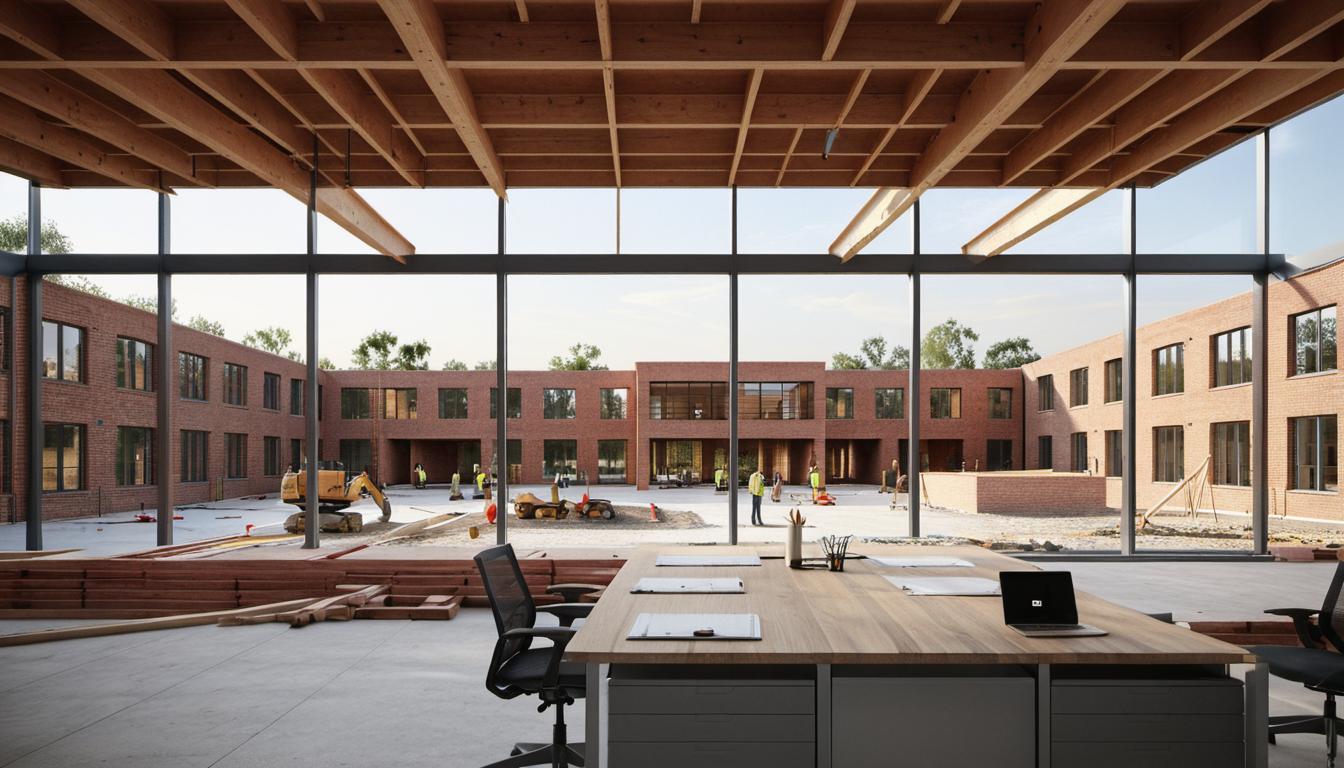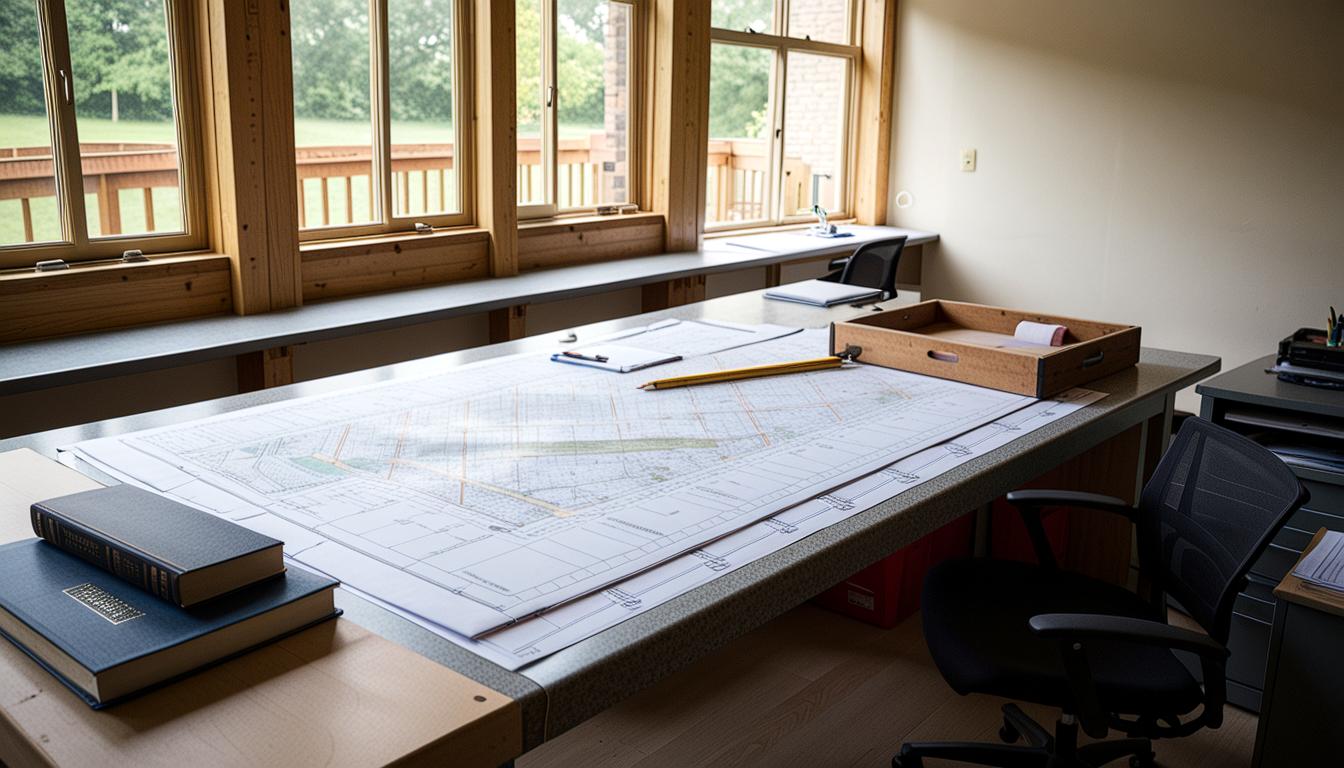The Unseen Value of Architectural Services
Architects running a firm often consider themselves business persons. They appreciate the significant value their skills bring to a project. The expertise they provide spans a variety of areas:
- Decoding complex building codes
- Organizing deals with suppliers efficiently
- Navigating the process of city approvals smoothly
- Solving complicated spatial challenges in three dimensions
The value an architect brings can be displayed through specific examples of cost savings achieved, awards won, and more such benchmarks of success.
Client Engagement Guidelines
Before agreeing to any project, architects lay out essential parameters for client engagement. Regulating your relationships with clients by these rules helps maintain a harmonious working environment:
- The type of relationship with the client
- The caliber of the prospective client
- The timing alignment with your firm’s schedule
- Differentiating your firm’s unique qualities
Setting Client Expectations
Early in a project, it is vital to establish clear client expectations. Highlighting potential constraints, such as budget limitations, timeframes, and project scope can guide clients towards a firm that is better aligned with their requirements. This honesty can foster credibility for prospective future projects.
The Importance of In-person Meetings
Face-to-face meetings are instrumental in building robust client relationships, especially given the project’s potential duration.
A Look at Architect Fee Structures
Architects generally adopt some recurrent fee structures:
Hourly Fee Method
The ‘Hourly’ method charges for each hour worked. This simple structure is preferred by smaller firms and is optimal when project scopes are undefined or for minor projects.
Fixed-fee Method
The ‘Fixed-fee’ method demands an agreed-upon sum for the entire project, irrespective of time spent or construction costs. The project scope must be rigidly defined to avoid discrepancies in the final fee.
Percentage of Construction Costs
Under the ‘Percentage of construction costs’ method, the architect’s fee aligns with the cost of construction, proportionally sharing the project cost risk between client and architect.
Design-bid-build Method
With the ‘Design-bid-build’ method, the client hires an architect for design and bid documentation. The architect assists the client in selecting contractors from received bids to execute the build.
Fee Structures and Sherman Antitrust Act
The Sherman Antitrust Act, enacted in 1971 and amended in 1990, made it illegal for architects to discuss fee structures between themselves to prevent price-fixing. While causing initial confusion and uncertainty, architects have devised fundamental fee structures that follow the Act.
Factors Influencing Architect Fees
There are myriad significant elements that influence the fee an architect charges. Predominant are:
- The project’s scope
- The project type
- The technique of delivery
- The range of architect services needed
Percentage-based Fee Structures
Percentage-based fee structures calculate architect fees as a proportion of the construction cost. The exact percentage can change as the design develops.
Fair and Transparent Fee Determination
The American Institute of Architects (AIA) agreement, B101-2017, helps offer a fairer, transparent architect fee calculation process.
Frequently Asked Questions
Q: What factors determine an architect’s fee structure?
A: An architect’s fee structure depends on the project scope, type, delivery method, and the scope of architect’s services.
Q: How does the ‘hourly’ fee method work in architecture?
A: The ‘hourly’ fee method charges for every hour of work. This method is useful when the project scope is unclear or for smaller projects.
Q: How can architects showcase the value they add to a project?
A: Architects can highlight their value by evidencing their ability to solve spatial problems, understand codes, foster relationships with suppliers, and manage deals efficiently.
Q: What is the ‘percentage of construction costs’ fee method for architects?
A: The ‘percentage of construction costs’ model bases the architect’s fee on the cost of construction, aligning project cost risk between client and architect.
Q: How does the new AIA’s B101-2017 agreement improve the way architects calculate their fees?
A: The updated AIA B101-2017 agreement allows fees to be based on the proposed budget rather than the overall cost of the project, helping to reduce disputes as the project evolves.





